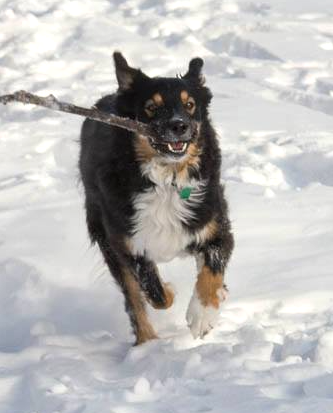We’re all brung up proper - right?
And that means being polite! Asking nicely! Saying thank you!
And we have learnt down the years that that is the best way of getting people to do what we’d like.
“I wanna cup of tea!” or “Gimme a sandwich!” are less likely to get a result than “I’d love a cuppa - could you make me one, please?” and “How about a sandwich - could you do it?”
We know that! Of course we do!
What’s sauce for the goose is sauce for the gander
So why is it that when we talk to our family and friends we speak one way, then for our friend the dog, we think we have to order them about?
Why go from polite requests to “commands”?
Sometimes I hear people proudly saying, “My dog knows the meaning of NO!”
And I can honestly say, “Mine don’t.”
Why? Because it’s a word I don’t use with them. And I didn’t use it with my children either.
What do I say instead?
“Is that a good idea?”
“Where should you be?”
“Where do toys/wellies/coats go?”
and when all else fails, “Who’d like a treat?” always gets a great response!
Far better to show them what you’d like, with good reasons for them to choose to comply, and go through your day without the tension that a “command” brings.
You see, it’s not just that we want the dog to sit, or whatever.
When you issue a command, it challenges the recipient of the order to comply.
It’s a conflict-driven word.
“You do what I say or else!”
And if they choose not to follow your instruction, what then? You’re in a battle!
It’s so much easier not to put yourself in that position of demanding blind obedience and then having to deal with resistance or dismissal.
Life is easier when you *ask* your friends and family to do things for you, and that includes your dog!













